Google Cloud Next 2025 kicks off in Las Vegas today, and Google is focusing on its generative AI and agentic AI and business cases for any number of roles — including marketing.
Here are five things highlighted at the conference of interest to marketers and marketing ops professionals.
Google’s taking an ecosystem approach to agentic AI (and Salesforce is included)
Salesforce may be making the most noise in agentic AI, but Google’s Agentspace is quickly maturing.
Google’s open platform and agentic AI tooling are designed for customers to train and fine-tune agents using their own data. They’ll do that via partnerships with companies including NetApp, Oracle, SAP, ServiceNow and, yes, Salesforce.
The company is also launching Agent2Agent, an open protocol that lets agents communicate with each other, exchange information securely and coordinate actions across enterprise platforms or services . It’s supported by Atlassian, Box, Cohere, Intuit, Langchain, MongoDB, Salesforce, SAP, ServiceNow, UKG, Workday and others.
There’s also a new AI Agent Marketplace where customers can browse, purchase and manage AI agents built by its partners. The marketplace partners include Accenture, BigCommerce, Deloitte, Elastic, UiPath, Typeface and VMware.
Dig deeper: 5 ways to help your B2B organization succeed with AI agents
Generative AI is now multimedia, not just written words
Google’s Vertex AI combines generative media models across all modalities — video, image, speech and music. In other words, you can build a complete, production-ready video with music and speech starting from a text prompt.
Vertex AI is expanding its generative media models with Lyria (text-to-music) and adding enhanced capabilities for Veo 2, Chirp 3 and Imagen 3, all with enterprise safety measures.
Dig deeper: 41% of brands using AI for video, up from 18% last year
More ‘human-like’ virtual agents to improve customer experience
Virtual agents and chatbots continue to improve, but most of us know when we’re talking to a bot. Sometimes, that creates a bad experience because humans can pick up on some things during a conversation that machines can’t.
The next generation of Google Cloud’s Customer Engagement Suite is promising:
- Human-like, high-definition voices;
- The ability to understand emotions, so agents can adapt better during a conversation;
- Streaming video support so virtual agents can interpret and respond to what they see in real-time through customer devices; and
- AI assistance to build custom agents in a no-code interface.
More AI for marketers using Google Workspace
There are more AI capabilities for Google Workspace, including Workspace Flows for automation, audio features in Docs, and enhancements to Sheets, Meet, and Vids. These will make integrating AI into everyday work easier, improve productivity and streamline workflows.
Real companies are using AI in the real world
Like any tech vendor, Google is rolling out its customers for Next ’25 so they can share what they’re doing with the world. Here are a couple of particular interest.
L’Oréal has an AI-powered content lab
Beauty giant L’Oréal Groupe has a GenAI Beauty Content Lab called CREAITECH that uses Google’s Imagen 3 and Gemini multimodal models.
The L’Oréal team can describe an idea with simple prompts and generate high-quality visuals perfectly aligned with each brand’s identity, significantly speeding up the content creation workflow. Teams are also using Veo to bring their static images to life as stunning, eight-second animated sequences — dramatically accelerating the production of engaging video assets.
L’Oréal has an interesting (and common sense) rule: The company does not generate people for advertising, so there will be no “life-like” faces, bodies, hair or skin to support or enhance product benefits.
The company also uses the genAI to create iterations and visualize new perfume packaging concepts, such as caps, color, how the bottle appears in different lighting conditions and its size in relation to storage in purses or cabinets.
Papa Johns has an innovation team using AI and ML
Pizza maker Papa Johns innovation team is working with Google Cloud’s AI, data analytics and machine learning capabilities to build a frictionless and consistent customer experience for its restaurants and digital channels.
The team uses Google BigQuery, Vertex AI and Gemini to suggest orders through push notifications or email. It’s based on learned customer preferences and anticipated needs for upcoming occasions like birthdays or sporting events.
It also uses Google generative AI models and Papa Johns data to optimize loyalty program rewards and benefits and power real-time personalization that dynamically adjusts the website and app experience for users. For example, it presents unique discount codes or advertisements based on previous orders, customer preferences, location and more.
Papa Johns also plans to build an AI-powered chatbot that can handle common customer inquiries and seamlessly escalate complex issues to live agents. To further enhance convenience, it plans to incorporate AI-powered voice ordering via the app.
Dig deeper: How B2B and B2C brands adopt genAI — same tech, different strategies
The post 5 stories for marketers coming out of Google Cloud Next 2025 appeared first on MarTech.
